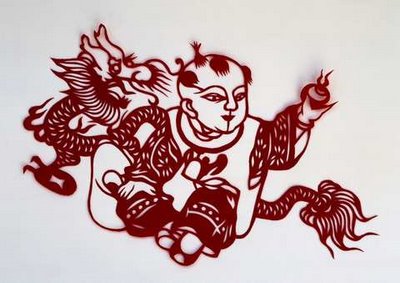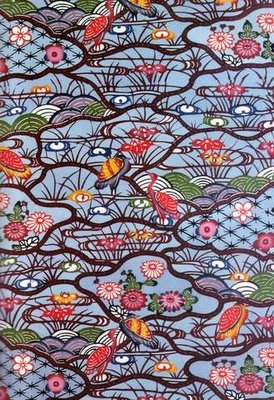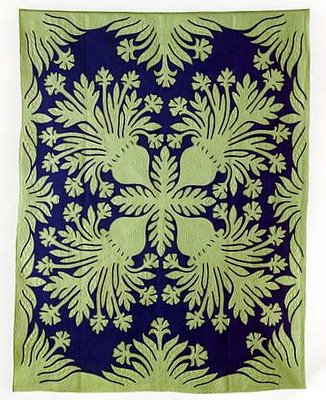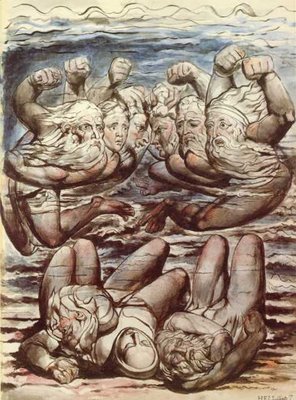 I've been so busy making toys for the State Library of Queensland these last 7 months that I've hardly had time for anything else! But I've managed to squeeze a few hours of designing in from time to time, and as usual continue my obscure studies.
I've been so busy making toys for the State Library of Queensland these last 7 months that I've hardly had time for anything else! But I've managed to squeeze a few hours of designing in from time to time, and as usual continue my obscure studies.Among my studies is the study of folk magic and the traditions of amulet making. This is not a new interest for me in fact I was mixing exotic perfumes and studying the zodiac since I was barely a teenager. While I crammed for chemistry I read religiously the way of the Wicca and at University while the aspects of Keynes where discussed my mind was also turning over the interpretations of the Kabbalah. I've always been interested in considering all sides to this big wide world not just the familiar ones. Curiosity, artistry, spirituality and a scientific-like process all pull me towards not just study but investigation. To do and to know, not just to think.

As I've been an embroiderer for most of my life I love fabrics and threads. Over time a great sensitivity to textures and sheens and fibres develops. One's fingers twist each thread differently and the needle is worked with the prowess of the conductor's baton. I love embroidery not just as an end product but also as a process - quiet, concentrated discipline that secures between its threads the heart. Fascinated, my studies have brought me to learn of the roots of embroidery as amulet. Designs and colours and subjects where all worked for the purpose of protection: decorative aprons around the waist where not to keep the dirt off but to magically protect the belly; an embroidered towel by the stove was to protect the fireplace. Anywhere or anything that people felt was venerable to the evil eye was in some way guarded by a magical devise. Once you become aware of it you can still see aspects of it today, and the world becomes a magical place indeed.
With a dual interest in folk stories, I'm drawn to discover the active imaginative link to our subconscious life. The type of art I'm developing seeks to recover this knowledge and then apply it, to satisfy our deep human need for beauty, love, belonging and security. I've found that these objects work because they are so rooted into human history that they function upon us and our environment just as colours can promote certain feeling like blue for calm, red for passion. This is the magic of objects: that their presence effect us.
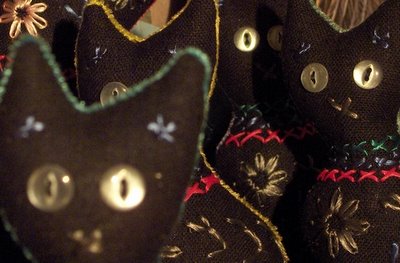
MajicCatsMini's are black cats embroidered with Japanese untwisted art-silk, banded with protective cross stitch in red, blue and green and joyful life-giving flowers and vines. Their reflective button eyes stare out to confront those with harmful thoughts. Their colour acts as a warning for only friendly people and spirits to approach. The cloth I've chosen for the front is a course woven cotton to invoke its ancient roots and while the penne velvet back in electric colours balances with our modern environment and comes in five variations of red, green, blue, yellow and purple. These hand-embroidered cats stand 13cm high and are weighted with steel shot. MajicCatsMini are guardian protectors and are a part of my Flying Star Toys collection.
Tags:



